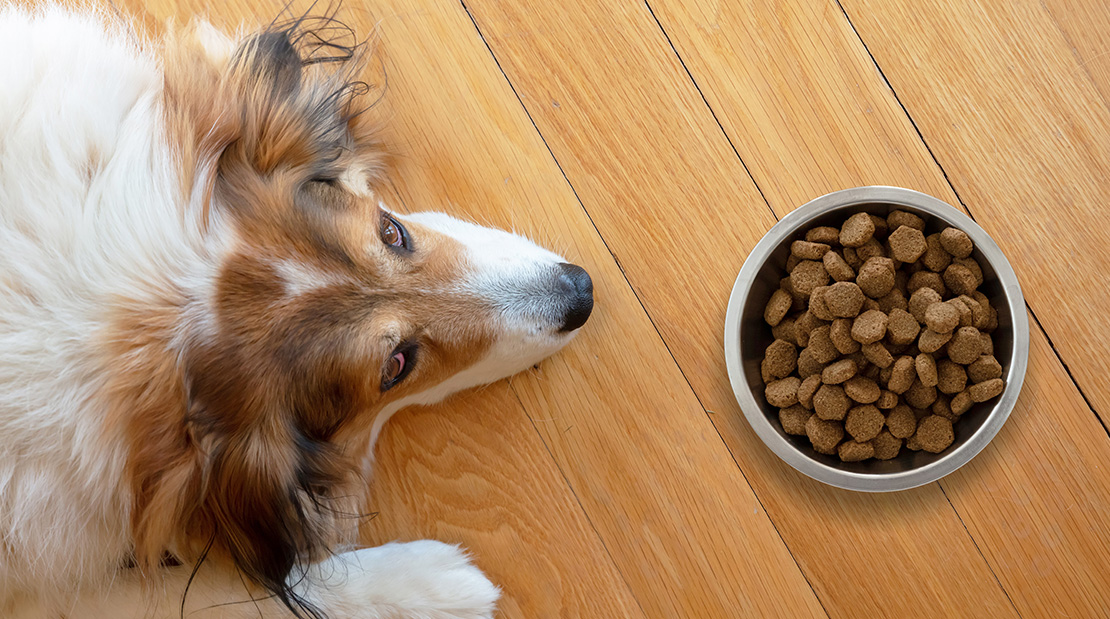
How to Identify and Treat Food Allergies in Dogs
Like humans, dogs can suffer from food allergies. There are common signs that point to food allergies in dogs. Understanding what to look for and how to treat these allergies will help you have a healthier and happier pet.
Common Signs of Food Allergies in Dogs
Food allergies in dogs can manifest similarly to those in humans. Here are some common signs to watch for:
- Hives: Look for raised, itchy welts on your dog’s skin.
- Excessive paw licking: Frequent paw licking due to itching and irritation.
- Chronic ear infections: Repeated ear infections may indicate food allergies.
- Sneezing and Runny eyes: Excessive sneezing along with clear ocular and/or clear nasal discharge may indicate various forms of allergies ranging from environmental to food allergies.
- Rear-End scratching: Excessive biting or licking of the butt may indicate food allergies due to gastrointestinal irritation.
Identifying Food Allergies in Dogs
Once you suspect your dog has a food allergy, the next step is identifying the specific allergen triggering the reaction. There are three primary methods to determine food allergies in dogs:
- Food Trial Method:
- Pros:
- Cost-effective
- Can be done at home
- Cons:
- Time-consuming (typically takes around 30 days to completely clear the body of old dog food)
- Challenging to pinpoint the allergen due to delayed reactions
- Pros:
The food trial method involves removing all ingredients from your dog’s diet and gradually reintroducing them one at a time, watching for any adverse reactions after each addition. This method is often chosen for its cost-effectiveness and convenience. However, it can be time-consuming.
- Skin Patch test/Intradermal testing
- Pros:
- Convenient to monitor at home
- Cons:
- Potentially costly due to testing various potential allergens
- Limited testing, as your dog may be allergic to untested substances
- Can cause discomfort for your dog
- Requires a visit to the veterinarian’s office or specialist
- Pros:
This method requires placing different potential allergens, such as linen or grass, on your dog’s skin and observing for any redness, irritation, itching, or hives over the next 24 hours. Another way involves having the veterinarian inject a small amount of a specific allergen under the animal’s skin and observing the animal for any signs of allergic reaction in the location where the injection took place. An allergic reaction usually appears approximately 5-6 hours after injection. However, this may not be the best choice because it is time-intensive and costly.
- Blood Allergy Test:
- Pros:
- Performed by professionals
- Minimally discomforting for your dog
- Comprehensive testing
- Quick results
- Detailed report
- Cons:
- Higher cost
- Requires a visit to the veterinarian’s office
- Pros:
The blood allergy test involves collecting a blood sample from your dog to screen for common allergens such as mold, insects, trees, grass, and various foods, providing a complete diagnosis. This test also comes with possible immunotherapy injections that can be given to your pet under their tongue or skin to aid in fighting off allergens if ever contacted.
Common Food Allergens in Dogs
It’s essential to note that the top proteins dogs are commonly allergic to include chicken, pork, beef, and lamb. These proteins are common triggers for allergies, especially in breeds like French Bulldogs (Frenchies). If you suspect your dog has food allergies, avoid these proteins and switch to something less familiar, such as rabbit & potato, venison, or a hydrolyzed vegetarian diet. These alternative proteins are often less likely to cause reactions in dogs.
Choosing Healthier Treats
When selecting treats for your dog, choose options that won’t trigger their allergies. Look for treats that align with their dietary restrictions and avoid giving table food to pets, which can make clinical signs worsen. If you can’t resist giving your pet table food, offer healthier alternatives like carrots as a safer alternative. If your dog is already experiencing allergy symptoms like excessive paw licking or scratching, avoid treats that worsen their condition, such as beef bones, which can lead to gastrointestinal upset, acute pancreatitis, and possibly gastrointestinal obstruction. Instead, use their hypoallergenic dog food as their treat of choice. They won’t know the difference.
Beware of Harmful Foods
Lastly, be vigilant about your dog’s diet, even during meal prep for yourself. Foods like raw onions, garlic, leeks, chives, grapes, raisins, and chocolate can be highly toxic to dogs, leading to severe health complications, including renal problems and anemia; Even placing your pet on a grain-free diet can lead to heart issues like dilated cardiomyopathy. If you’re still unsure about what diet is right for pet, be sure to consult with your veterinarian.


